?Learn about the Holy Grail and all the mystery and controversy surrounding it

Through a good understanding and belief in the Bible, people wanted to separate religious truth from superstition. The constant admiration for the Bible, the characters of the Torah, and the beliefs of Christians led to the emergence of historical and archaeological research.
The evidence associated with the crucifixion of Christ or the Ark (Noah) was not really tangible, which maintains the desire to know and the curiosity to know more. Christian believers still think about the appearance of the Holy Grail, considering it an unobtainable artifact.
It has been believed that the Holy Grail was used by (Jesus) at the Last Supper, or used to collect the blood of (Jesus) at his death on the cross. These ideas are all myths, however they have been spread in television programs, literary works and films, and the possibility of the Holy Grail having forms or interpretations Several hypotheses have been raised about its appearance.
But the most important question is, where is this cup located?
Divergence and confusion still accompany the Holy Grail. As research continued into its origins, scientists and people assumed the possibility of its disappearance over time, but rather that it had already been found and seen.
A pair of historians claimed that the Holy Grail was in Spain
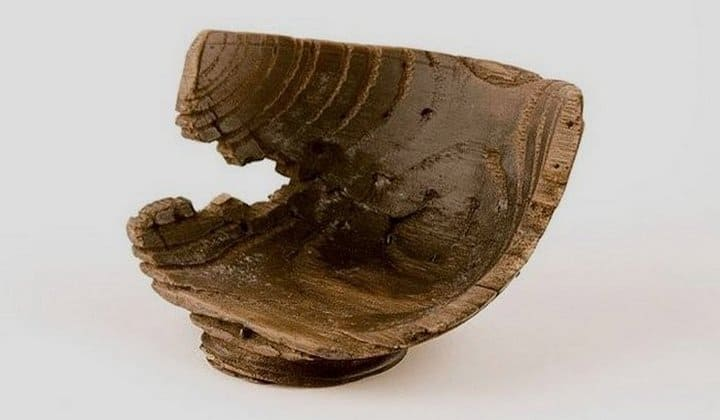
Historians Margarita Torres and José Miguel Ortega del Rio, in their book "Kings of the Grail: Tracing the History of the Holy Grail", which was published in 2014, claimed that they traced the history of the Holy Grail and found it. The duo guessed that the missing artifact was the Infanta Doña Urraca cup located in the Basilica of San Isidoro in Lyon and on display for decades.
The beliefs of (Torres) and (Del Rio) relied on an Egyptian manuscript explaining how the Holy Grail was transported from (Jerusalem) to (Cairo), all the way to (Islamic Spain) to be presented to a local prince, and then the cup was dedicated to King (Ferdinand I) of (Lyon) around 1015, and then moved to the church where the king was buried in 1065.
And that this cup bears the name (Uraca of Zamora), the daughter of King (Ferdinand). As for its manufacture, it was made of agate and gold, decorated with precious stones, and two glasses were combined into one. Scholars have also identified the cup as belonging to the period between the third century BC and the first century AD, in support of the claims of (Torres) and (De Rio).
Thus, the cup was found, according to De Rio’s statement that “the only cup that can be considered the Holy Grail is the one that made the journey to Cairo and then to Lyon.”
2014 wasn't the only year the Holy Grail was found
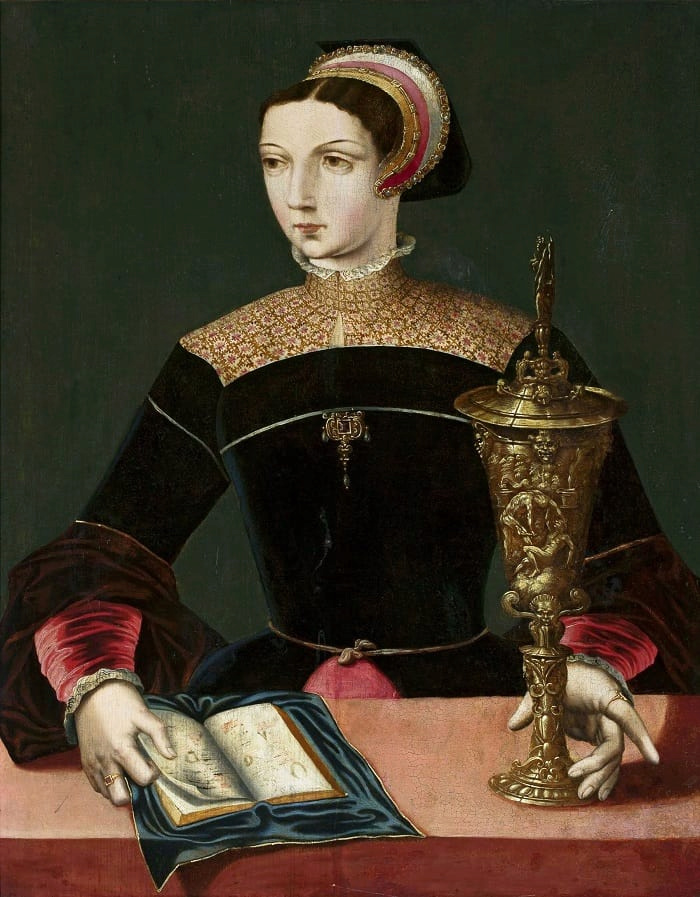
Historians Torres and Del Rio aren't the only ones determined to solve the mystery of the Holy Grail. In the early twelfth century, poets and writers described the cup, and claimed to know its location. Several Holy Grail sites have been spread around the world, with allusions to the Cups (Canada) and (Scotland), and those controlled by the Knights Templar.
It has been believed that the cup (Mary Magdalene) made of green alabaster dating back to the first century AD was used to collect the blood of (Jesus) when he died on the cross by one of his lovers.
As for the author (Graham Phillips), he rejects the idea of (Jesus) using the cup (Marianne Challis) as a container resembling a small jar that was likely used to carry perfume or ointment, perhaps used by (Jesus), and ideas were mixed between it and the Holy Grail.
Phillips believed that the Holy Grail is the secret Bible (the Gospel of Thomas) that was discovered in 1945. According to his theory, the cup (Mary Magdalene) was acquired by (Folk Fitz Warren) after it was transferred to (Britain) during the fifth century AD .
There are other sayings, one of which is that the Holy Grail is the Hoxton Cup, which was found by the Fitz-Warren family in Hoxton Park and hid in Wanton Castle. Perhaps that is why the Marian Cup and the Hoxton Cup are associated with the Holy Grail.
Most likely, they are quite similar. Thomas Wright, a descendant of the Fitz Warren family, claimed that he found the cup during the eighteenth century, but what he found is closer to the cup of Mary, which in other cultures refers to wine, blood, and others.
The legendary Holy Grail is the Valencia Cup, according to some

Perhaps the most recognized Holy Grail is the (Santo Calis), or the Holy Grail made of gold and agate, which dates back to the first century BC in the Spanish city of Valencia, and during the first century AD it was believed that (Jesus) used it in his last supper Peter transferred it to Rome.
As a result of the threat of (the papacy) during the third century AD, the cup was transferred to (Spanish Huesca), but in the Middle Ages it was hidden in (the Pyrenees) as a result of the Islamic invasions. But as for the historical records, the cup was transferred to the monastery (San Juan de Peña) in 1071 AD.
King Aragon Martin put the cup among the royal possessions in 1399, to be transported to Valencia in 1416. The cup appeared and disappeared during the subsequent centuries in Spain, finally arriving in the Cathedral of Valencia in 1939. For the time being, Christian believers can view the Holy Grail twice a year, when it is displayed to the public in Valencia.
Scholars still defend the Valencia Cup as the true Holy Grail. Art historian (Ana Mafi Garcia) stated in 2019 that “the composition of the cup represents the (Judas) tribe, of which (Jesus of Nazareth) was a member.”
The cup's potential rival is the Genoa Cup
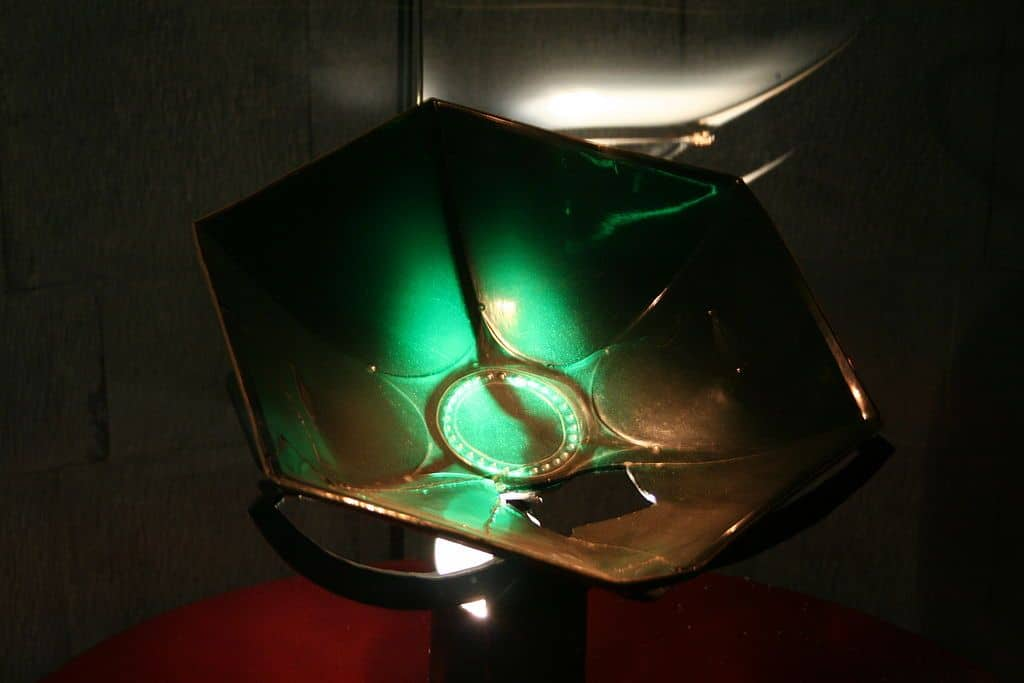
The Sacro Catino cup was made in Egypt from glass, and it is known as the (Genoese cup) with a hexagonal shape, and the Queen of (Sheba) moved it to (Jerusalem) and then to (the coastal site) in (Caesarea) before the atheist century ten. Until his adoption (Guglielmo) took the cup to (Genoa) in the aftermath of the First Crusade.
He (William) wrote during the twelfth century, “The chalice is more than a vessel of brilliant green which a republic took for a great sum of money, considering it to be of emerald, for the splendid decoration of their church.”
The plate glass became an item recognized by the 13th century as a staple used in the Last Supper, thus becoming part of the story of Jesus on the cross. As for the stories that talked about using the cup to collect the blood of Jesus, they are taken from Nicodemus, who buried Jesus with Joseph of Arimatha.
And (Napoleon) took the remains of the cup to (Paris) in the early nineteenth century, to discover that it was made of glass, not emeralds.
The Bible does not speak of the Holy Grail by name

The Holy Grail is not mentioned in the Bible, although there are many references to cups and drinking vessels in the New Testament. There is still debate about the importance of the cup and its sanctity.
For example, verse 20:22 describes Jesus' Last Supper and his saying to his supporters, "This cup is the new covenant in my blood, which is shed for you." (Mark) 15:23 describes people watching (Jesus) while he was on the cross. They “gave him wine mixed with myrrh to drink, but he did not accept it,” most likely from the cup.
Objects similar to the Holy Grail mentioned in the Bible can support its existence, but the lack of description and specificity does not help in determining what the real Grail is.
The Holy Grail was named in the 12th century

The French romantic poet (Chretien de Troyes) was the first to use the term Grail during the twelfth century in his work (Persifal) or (The Story of the Grail), which dates back to 1190 AD, and (Chretien) referred to it as the “Holy Grail.” Which is still intriguing.
(Chretien) died before the end of the work, adding to the mystery of the cup what he knew and hinted at, and the (Chretien) cup was as a serving dish, but its mention encouraged writers to talk about the cup. To become the cup that (Jesus) used at the last supper or the cup that collected his blood when he died on the cross.
The narratives didn't stop there as they posited that the Holy Grail is a person of Jesus' bloodline or perhaps some kind of supernatural force. The most important thing is that in the year 1200 A.D. (Robert de Boron) linked the Holy Grail directly to the crucifixion of (Jesus) when he included (Joseph) of (Arythma), who was assigned to bury (Jesus) in his writings, where he assumed that he used the cup (The Last Supper) to collect the blood of (Jesus). ), mixing many ideas.
The association with the legend of King (Arthur) was the reason for linking the sites of England to the cup
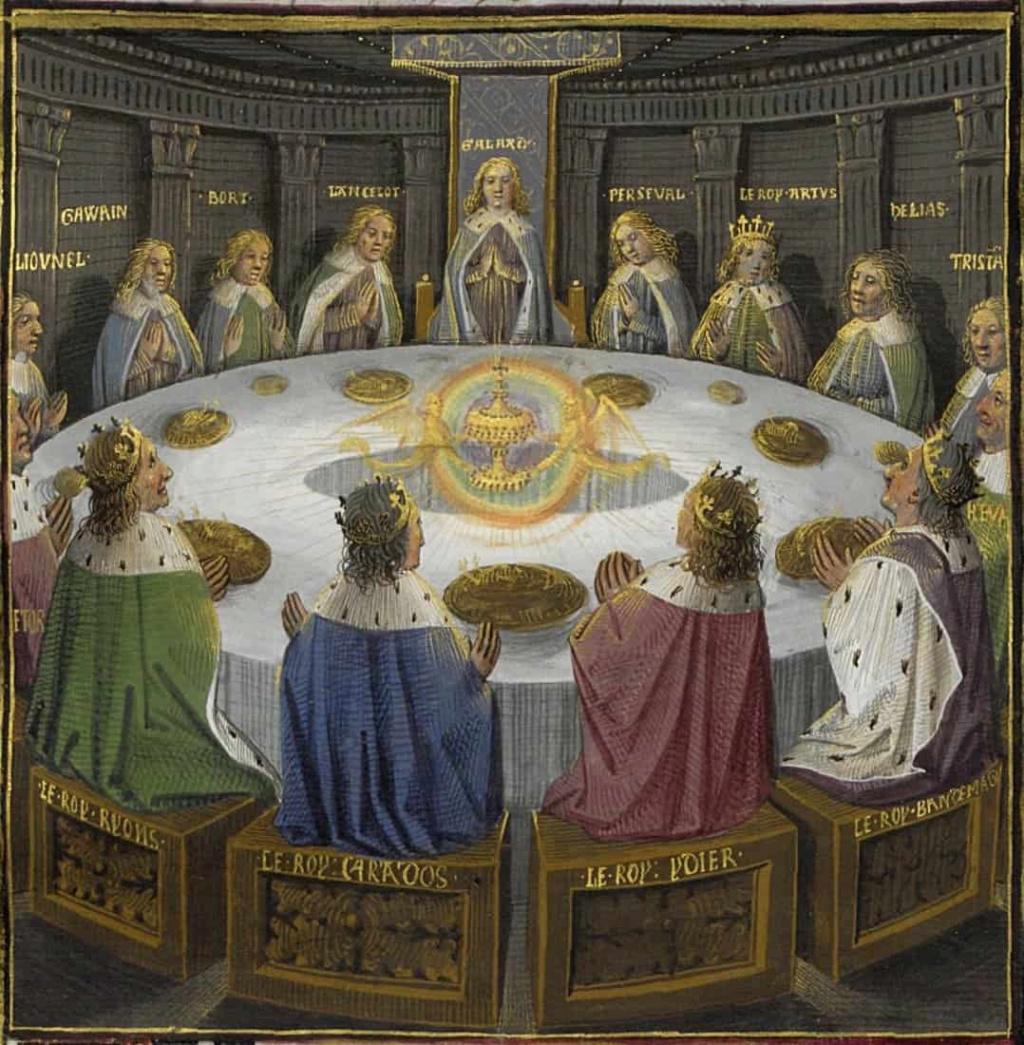
In the year 1190 AD, the French poet (Chretien de Troyes) presented the world with the character of the knight (Percival), one of King Arthur's knights, in search of the Grail.
As for after the death of (Chretien), authors such as (Robert de Boron) brought the cup to (Britain) in 1200 AD, and it was placed with (Joseph of Arimathea), who buried the cup in a secret place, a site that was controlled by King (Arthur) and ( The Knights of the Round Table) as a result of their conquests, which is why the region is associated with Arthurian lore.
Fantastically, Joseph of Arimathea (Glastonbury Abbey) resided in (southern Britain), as a well and home to the chalice where it was hidden. Several sites have been associated with the Holy Grail, including Avalon, the burial site of King Arthur, Cadbury Castle, and Tintagel Castle in Cornwall, the birthplace of King Arthur.
And still repeated talk about the cup, especially with the development of prose and poems (Arthur).
The "Death of Arthur" literary work that collects the earlier (Arthur) traditions of Sir (Thomas Malory) dates back to the fifteenth century, but gave life to the Holy Grail, and that was through a voice leading (Lancelot) to walk into the room to describe what he saw:
There was a table of silver and the Holy Grail covered with (red simites) and there were angels around it, one holding a burning candle and the other holding a cross and ornate ornaments.
Some historians claim the Holy Grail did not exist
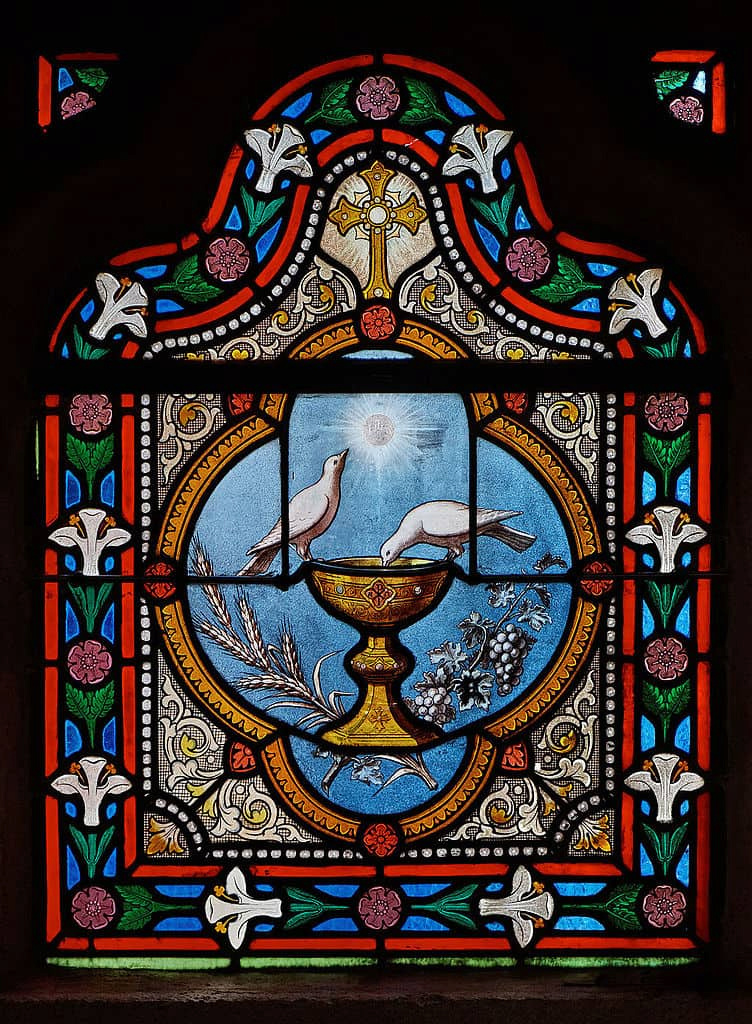
The main reason why scientists doubt the existence of the cup and consider it a mere human imagination is the lack of tangible evidence of its existence. The Holy Grail was not mentioned in the (Bible) nor by any religious authority, but it is present in literature, which has been mentioned more since the twelfth century in tradition and history.
Historian Carlos de Ayala stated, “You cannot search for something that does not exist.” However, the physical absence of the Holy Grail does not make it a myth. As a result of the trophy's booming conversation, it has provided many insights into people of the day, artwork, language, and cultural connections.
The Holy Grail will remain a symbol of divine and personal tasks, although their meaning and significance are not known.
Perhaps the mystery of the Holy Grail has no solution
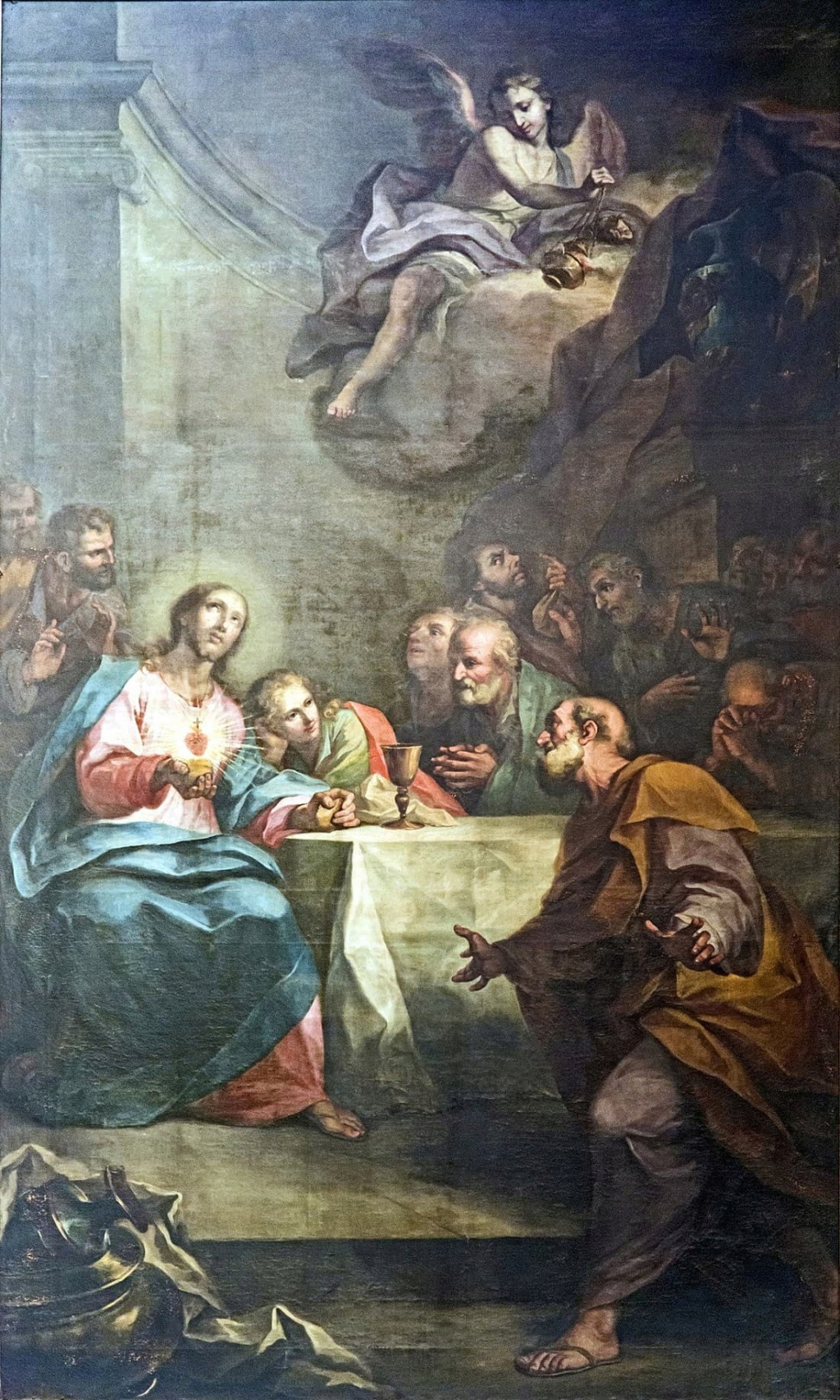
The search for the cup's origins, location, and appearance continues. But the name “Holy Grail” denotes something that is not possessable, perhaps unseen, and the Holy Grail is likely to remain a mystery forever.
The new interpretations and hypotheses about the Holy Grail introduce a lot of ambiguity and complexity to the claims of historians (Margarita Torres) and (Jose Ortega del Rio) in 2014, in addition to pointing to endless efforts to find out the location of the Holy Grail.
But the Holy Grail has not been agreed upon by Hollywood fantasy writers (Gregor Fidan) and (Dan Brown), artists and CEOs, as well as historians and archaeologists, knowing that the search for it is not over.
Source: websites

